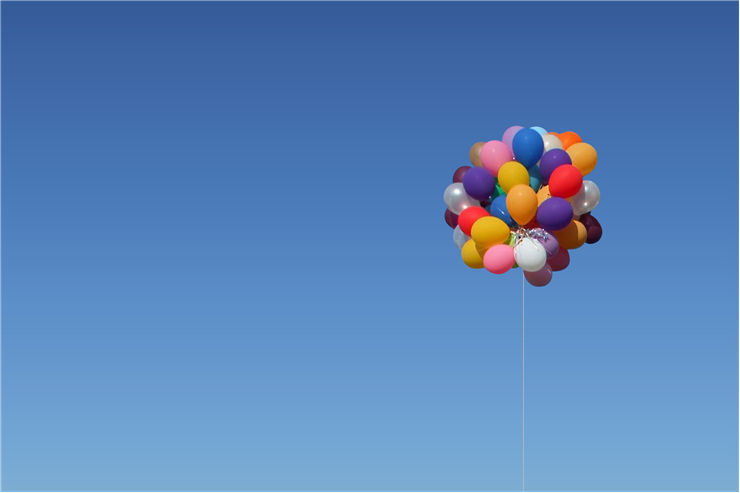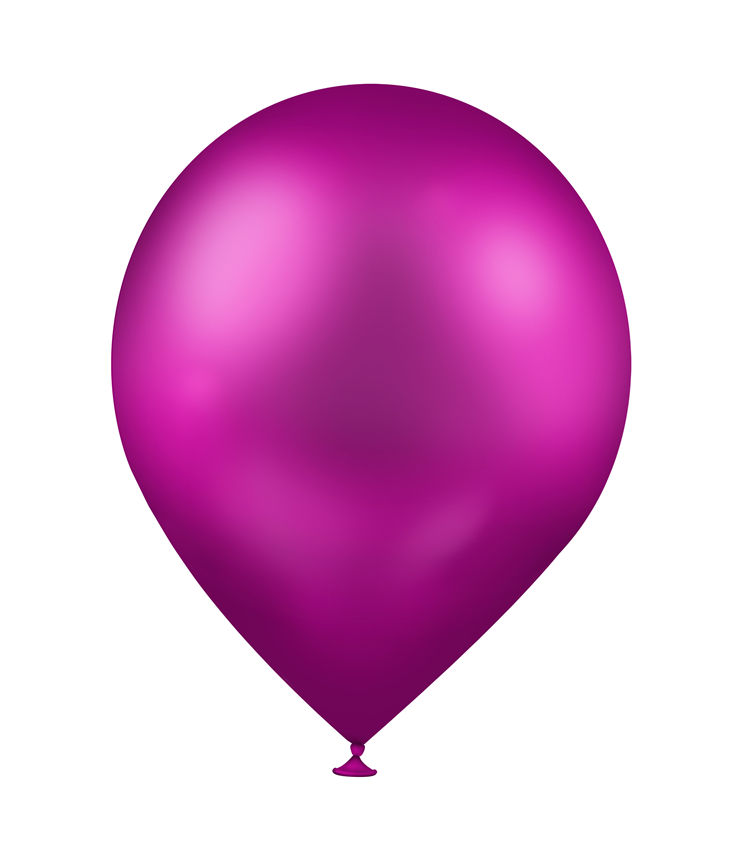History of Toy Balloon - Who Invented the Rubber Balloon?
Toy balloon is a small balloon made of rubber or aluminized plastic and inflated with gas, usually air or helium. It is mostly used for child play, party decoration, and in advertising. Their sizes typically vary from 10 to 30 centimeters in diameter but can be made in any size or shape.
Toy balloons can look like a relatively modern invention, but their variations existed for centuries. There are illustrations from the 14th century that depict balloons made from inflated pig bladder. Galileo also used an inflated pig's bladder in an experiment in which he tried to measure the weight of air. Michael Faraday invented the first rubber balloon in 1824. He used them in experiments with hydrogen at the Royal Institution in London. He made a rubber balloon out of two sheets of rubber which he covered with flour on the inside so they would not stick to each other but leave edges uncovered and pressing them together. Rubber toy balloons appeared shortly after that, namely - a year. Thomas Hancock, the pioneer rubber manufacturer, sold them in the form of a do-it-yourself kit which consisted of a bottle of rubber solution and a condensing syringe. Latex balloons were manufactured for the first time in London in 1847 by J.G. Ingram, but they didn’t enter mass production until the 30s of the 20th century. Foil balloons appeared in the 1970s and were more expensive but held gas inside longer than rubber and latex. They are also lighter.
Today, balloons are made from rubber, latex, polychloroprene, or a nylon fabric, and are made in many colors. Toy balloons have an opening through which gasses are introduced into a balloon. To fill a balloon, one can use one's breath, but if you have to fill a larger number of balloons you better use a pump or a pressurized gas tank. If you use a gas lighter than air, helium, for instance, the balloon will float in the air. Helium is a good gas for filling the balloons because it is safe: it will not catch fire, and it is not toxic when inhaled. If the balloons that are filled with helium are made of rubber or latex, they will retain their buoyancy for a short time only (about a day) because helium has small molecules which escape through small pores of a balloon. Because of that foil balloons float longer. Latex balloons can be treated with a hi-float gel which makes them less porous. Rubber balloons can also be filled with water (which makes them “water balloons”) and can burst when thrown into a solid object. These balloons are used in used in playful fights and are very popular in celebrating Holi and Carnival in India, Nepal, and some other countries. Water balloons are also traditionally used to celebrate the end of the schools during the last day of the school's year in Italy on the 9th or the 10th of June.
Balloons can be made in many different shapes. They are usually oval but some of the standard shapes are: “zeppelins" or "airships," which are longer than wide but more than standard “ovals”; "espirals" or "rattlesnakes," which look like “airships” but are much longer; "hearts" which are, naturally, made in the shape of a heart; "dolls" which consist of a two round balloons which are joined to represent a head and a body; “twisting balloons” similar to "espirals" and "rattlesnakes" but much narrower so they can be used in balloon modeling - making shapes out of balloons. Balloons can also be “stuffed" - filled with objects such as smaller balloons, teddy bears, etc.


